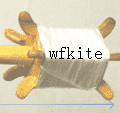
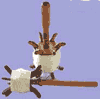


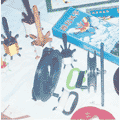

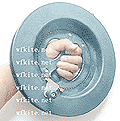
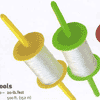



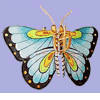
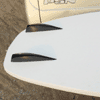
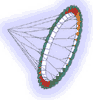


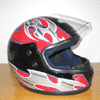

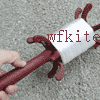
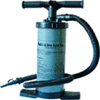
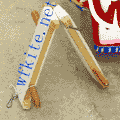


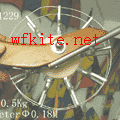
 |
 |
| 1220 | 1202 |
 |
 |
| 1203Line50lb test | 1204 |
 |
 |
| 1205 | 1206 |
 |
 |
| 1207 | 1208 |
 |
 |
| 1209 | 1210 |
 |
 |
| 1211 | 1212 |
 |
 |
| 1213 | 1214 |
 |
 |
| 1215 | 1216 |
 |
 |
| 1217 helmet | 1218 |
 |
 |
| 1219 | 1225pump |
 |
 |
| 1226 | 1227 |
 |
 |
| 1228 | 1229 |
| FeiLong Kite Factory M.P.: 18363688061 13805369203; Email: wfkite@163.com |